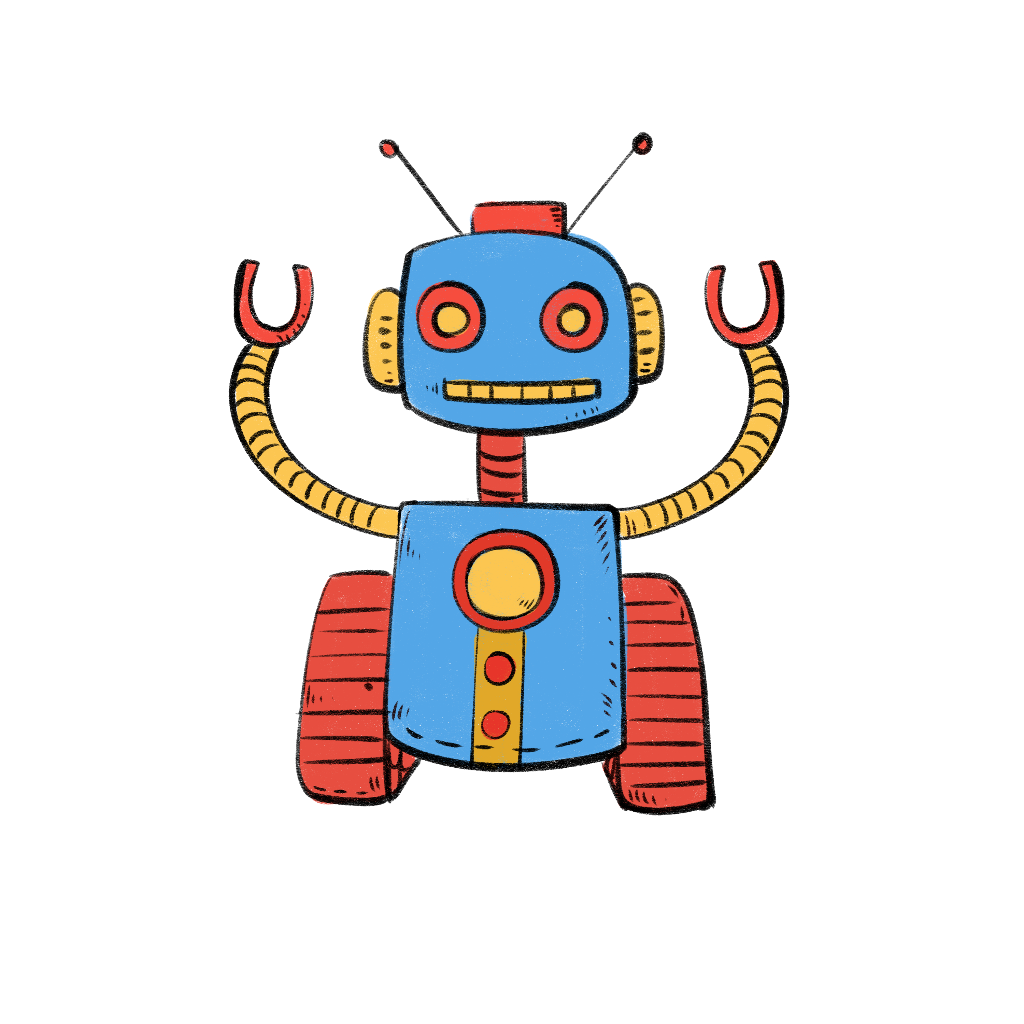What is Information Visualization?
In this article, I'm going to discuss fundamental concepts related to information visualization.
What is Information Visualization?
In simple terms
Information visualization is the process of representing data in a visual and meaningful way so that a user can better understand it.
Technically,
The use of computer-supported, interactive, visual representations of abstract data to amplify cognition is Information Visualization.
From the definition, we have these keywords:
- Computer-based visual representation: Visualization methods that transform data into a visual representation using computers
- Abstract Data: Visualize data that may not have an obvious visual representation.
- Interactive: Users can interact with visualized representation and can change what & how it is visualized.
- Amplify Cognition: Solution from the data for a given problem with less effort, more accuracy, and in less time.
Information Visualization Pipeline
In order to describe some of the elements of the definition, it's useful to use a diagram that describes in a somewhat simplified manner what the data visualization process is.
I'm going to show you some of the main elements and how they are connected.
-
The first element is the data. There's nothing we can do in information visualization without receiving data as an input.
-
The second step is visualization and transforming data into a visual representation is called visual encoding.
-
We have to have someone, a human, who is looking at this visual representation to extract information out of it. And this step is mostly about perception, human perception. But that's not all.
-
Another very important element is that the human, the user, can interact with each of these elements. So in particular, in this diagram, you can see that the user can interact with the visualization itself and with the data. And being able to interact with these elements enables the user to answer a number of different questions.
Why Visualize data?
We visualize data because we are interested in getting some insights out of it, any real phenomena of interest. People who are using visualization, come with some pre-existing knowledge and some goal related to better understanding some phenomena and visualization systems use data, visual representations, and interaction to help people understand some phenomena better.
What is the purpose of Visualizing data?
There are three classes of visualization and each has its own purpose.
-
Explanatory Visualization
- Its main purpose is to explain something or give a message to somebody else and the person who is explaining already knows about it.
- For example, Climate change analysis, Vote % of a specific candidate
-
Exploratory Visualization
- The Person needs to extract information out of data and doesn't know the context of data. It helps the person to answer questions and generate a new hypothesis.
- For example Reason of vehicle accidents by analyzing a given data
-
Confirmatory Visualization
- The Person already has the hypothesis and it needs to be checked with data whether it holds or not.
- For example: In winter, the number of accidents is more as compared to summer.
Why Graphical representation is preferred over statistics?
Statistics like mean, median, mode, the standard deviation can be the same for multiple data but a graphical representation of data visualizes it in a more sane and understandable manner.
After studying the basic definition and key concepts, we now have an idea about the need of visualizing data and we finally understood that when we do the perception of visual representation of the data, it has some phenomena of interest means we get something concrete conclusion after visualizing data and concluded that data itself is not that significant but the abstraction of some real conclusion from the data is important.
Did you find this post useful?
I would be really grateful if you let me know by sharing it on Twitter!
Follow me @ParthS0007 for more tech and blogging content :)



Newsletter
If you liked this post, sign up to get updates in your email when I write something new! No spam ever.
Subscribe to the Newsletter